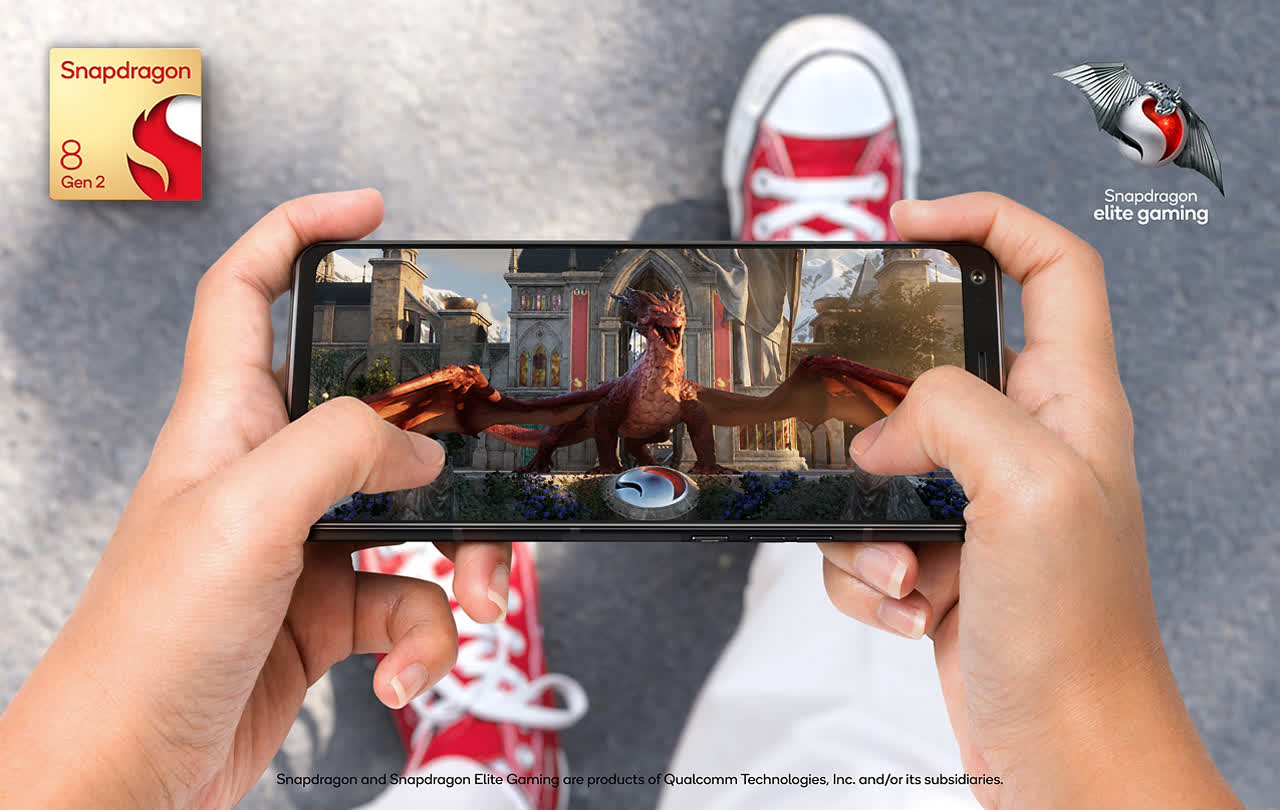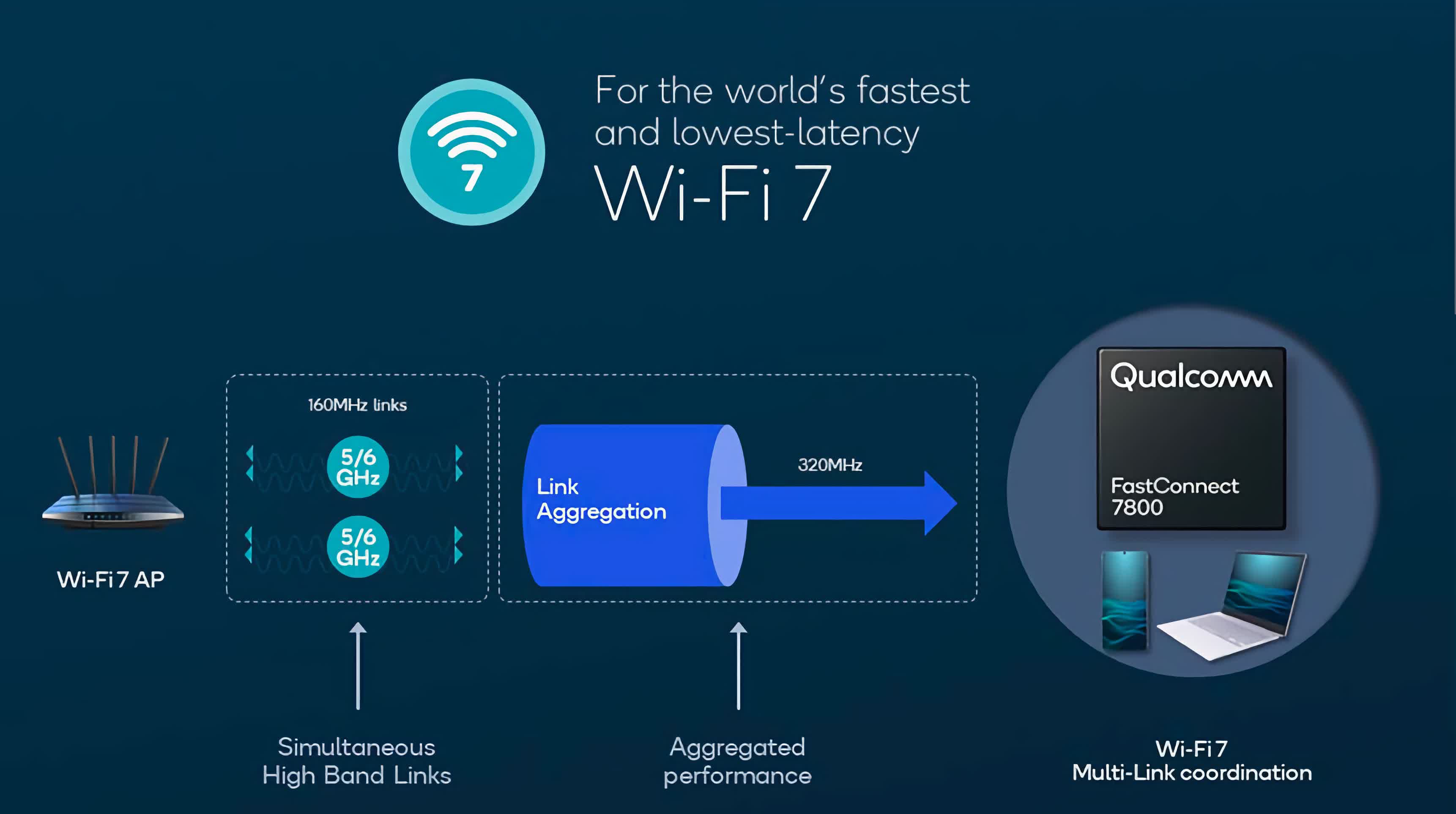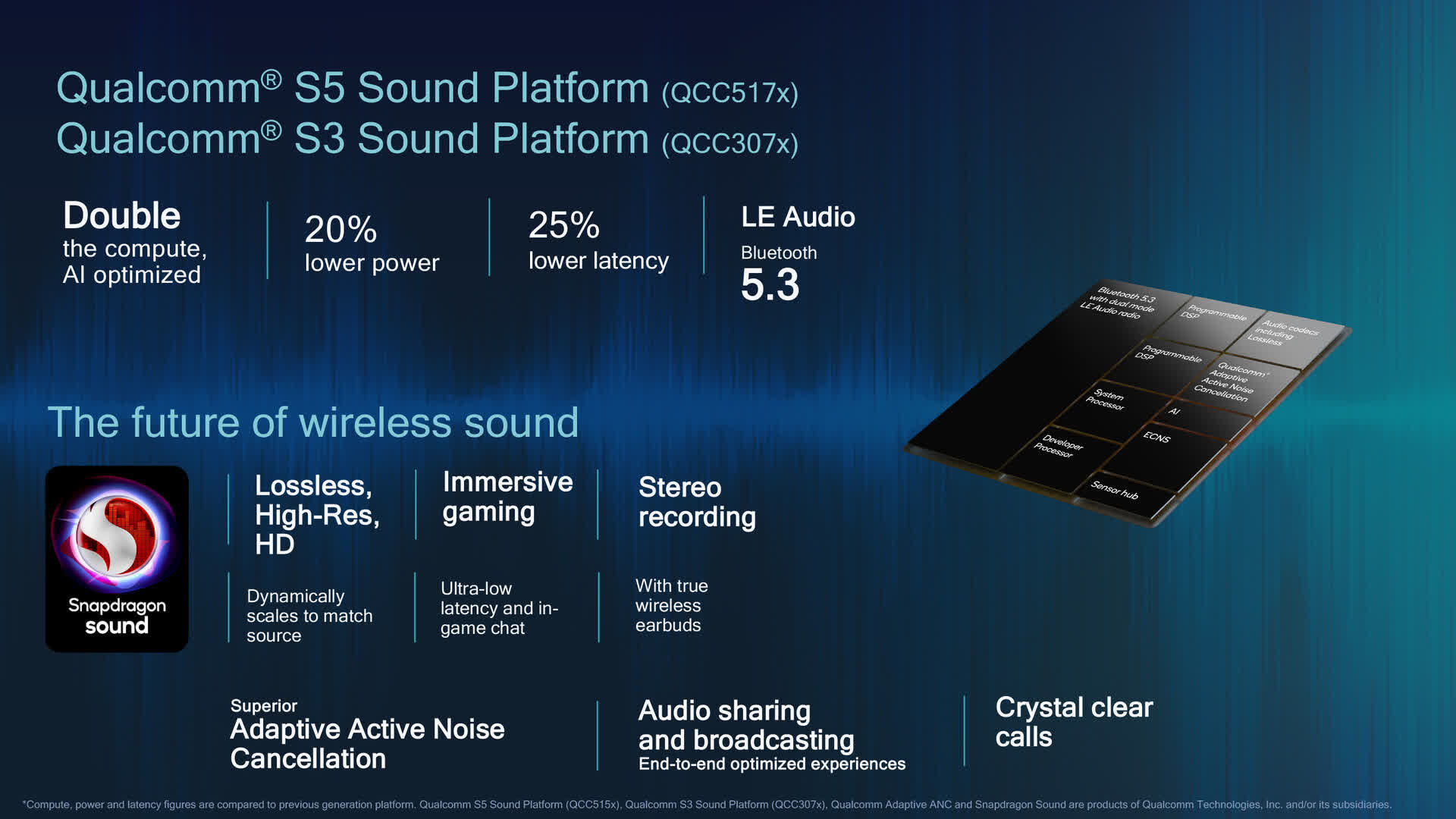Why it matters: Qualcomm's annual Snapdragon Summit is typically a celebration of all things smartphone. After all, it's the time and place where the company unveils its latest SoC design for the next generation of premium Android smartphones. True to form, the company did introduce Snapdragon 8 Gen 2, which is expected to be the engine powering upcoming premium phones from Samsung, Motorola, and many other vendors including Oppo, Vivo, and Xiaomi.
The latest chip from Qualcomm offers several impressive advances in computing performance, image capture and processing, gaming (including hardware-based ray-tracing support), audio quality, connectivity, and more. Even with this important bit of news, however, it was also clear from the general tone at this year's event that Qualcomm is taking its strategy of developing one technology roadmap for multiple markets to new levels of maturity.
The company had announcements related to PCs, AR (augmented reality) and VR (virtual reality) headsets, AI software development tools, audio devices, connectivity components, and more.
From a pure tech news perspective, the company's first ever AR headset-specific chipset, the Snapdragon AR2 Gen 1, was probably the most interesting and exciting announcement from the event. Qualcomm has been working for several years on chipsets intended for Mixed Reality (MR) and Virtual Reality (VR)---over 60 existing products already use them---but the power, performance, and size requirements for lightweight AR have been difficult to meet.
To overcome some of those challenges, Qualcomm has chosen an initially counter-intuitive yet ultimately clever approach to break up the main SoC into three different smaller components that can be spread out across a typical eyeglass design.
The main processing engine, built on a 4 nm process, is designed to fit on one eyeglass temple, the FastConnect 7800 WiFi 7 component on the other, and a smaller co-processor sits in between them above the nose bridge. In the process, they've reduced the size requirements for the PCB boards that hold the various components by 40% and reduced the amount of wiring necessary to connect them all together. Most importantly, the net result is a design that comes the closest to what I believe consumers would be willing to accept for this new type of form factor.
In addition to these physical changes, the company also managed to reduce the average power consumption of the entire system to below 1 Watt, which should lead to respectable battery life even with a small, lightweight battery. Best of all, thanks to an updated Tensor core that's part of the AR2 Gen 1's main processing engine, the new SoC supports up to 2.5x better performance for AI tasks than the previous XR2 chip.
For its part, the co-processor supports up to 9 camera inputs and can be used for tasks such as iris recognition for authentication and foveated rendering to speed up graphics performance by concentrating on the portion of the screen display where your eye is looking.
The main reason Qualcomm was able to reduce the power so dramatically is that the glass' operation is dependent on a connected smartphone or other more powerful device to handle most of the processing (ideally a Snapdragon-powered smartphone or other PC, though other devices are expected to be supported as well). While it would certainly be nice to have a standalone AR headset similar to recent VR/MR products like the Oculus Quest/Quest Pro, we are still many years away from that type of design being possible. For now, this is the only type of design that's realistic.
Rather than seeing that as a limitation, however, Qualcomm actually used this distributed processing approach to its advantage through its FastConnect 7800 WiFi 7-capable chip. One of the more interesting technologies that it uses is something called High-Bandwidth Simultaneous (HBS) Multi-Link.
This is a WiFi technology that is currently unique to Qualcomm (though expected to be part of the final WiFi 7 standard). What it does---as long as you have Qualcomm WiFi parts on both the sending and receiving side---is allow multiple high-speed links to co-exist. So, for example, a smartphone could have simultaneous WiFi 7 connections to a hotspot and a set of AR glasses with this new platform. In real world terms, this translates to the best possible performance, helping ensure faster screen updates and better response times on the AR glasses, both of which are critical to the overall experience.
As exciting as the AR2 Gen 1 may be, there are still big questions about when devices that support it will be available as well as how good the display quality inside the headsets will be. Still, it does seem to be an important step forward for the AR market after years of frustration, and it shows how Qualcomm can leverage its technology into multiple markets and subsegments.
Along the same lines, the company also announced new work with Microsoft on enhancing the capabilities of its current Snapdragon 8cx Gen 3 Arm-based PCs parts. The company demonstrated several new capabilities in Windows 11 that offered noticeable improvements in audio and video quality for video calls that leverage the AI processing capabilities found in these SoCs. Qualcomm also announced the name---though no technical details---of its next-generation Arm-based CPU that they're going to call Oryn and hope to ship in 2023. Unfortunately, a legal dispute with Arm could end up delaying the launch (or worse). However, there's a lot of built-up momentum among many PC builders for this new part, so it will be interesting to see what happens.
Finally, on the audio side, Qualcomm also put a great deal of emphasis on some new audio chips, called the Snapdragon S3 and S5, that are part of the company's Snapdragon Sound audio platform. Designed primarily for earbuds and headphones, the new chips offer support for multiple types of spatial audio (think surround sound), as well as improved noise cancellation, head tracking and more.
In addition, for gaming applications, these new chips have reduced the latency or lag time over a Bluetooth connection down to 48 milliseconds. This is about half the delay of current Bluetooth devices and makes a noticeable difference in terms of responsiveness.
Speaking of Bluetooth, these new chips also support the latest Bluetooth 5.3 standard, LE Audio and an intriguing new Bluetooth-based technology called Auracast. What Auracast does is allows broadcasting from a single source to multiple Bluetooth headsets. This allows you to do things like share your smartphone or other devices' audio with nearby friends and family or tap into the audio streams of TVs in public places like airports, gyms, sports bars, museums, and more. The first products with this capability won't appear until next year but it's also going to take upgrades to existing transmitting devices to make it work. Still, it's a cool development to look forward to.
All told, it's clear that Qualcomm is on a path to diversification for its products and capabilities. Mobile technology still holds a special place in the company's heart, but as more devices get smarter and connected and the company's technological reach expands, the opportunities in front of it get more interesting as well.
Bob O'Donnell is the founder and chief analyst of TECHnalysis Research, LLC a technology consulting firm that provides strategic consulting and market research services to the technology industry and professional financial community. You can follow him on Twitter @bobodtech.


